
Are you new with chimney cleaning and wondering what does a chimney sweep do? A chimney sweep is a professional who sweeps and cleans chimneys, flue pipes, smoke ducts, and fireplaces to prevent chimney fires and harmful gas emissions.
Specialized chimney sweeps have fire prevention skills and work closely with the fire department. Confused how to use your chimney, the professional will advise you on the right wood to burn and how to maintain the chimney.
How often should you get the chimney cleaning technician?
The frequency at which you do it depends on how you use the chimney. If you use the fireplace every day, it means that soot builds up fast, and you have to remove it more often to keep your chimney clean and safe. So you have to hire the professional more often.
As a homeowner, you should make the work easy for the cleaning professional. Have a ladder, sweeping hatch, and soot hatch in place before the professional arrives.
Experienced cleaning professionals will clean your chimney within 10-30 minutes, depending on how dirty it is and its design.
What should you consider when hiring the cleaning professional?
For peace of mind, work with an experienced contractor and not someone that will cause more harm to your fireplace. Some of the things you should consider when hiring include:
NFI certification: Before you allow the technician to work on your chimney, ask them whether they are NFI certified. You should note that some chimney cleaning companies are certified, but they send uncertified technicians.
Even if the technician is coming from a reputable company, don’t work with them as you aren’t sure about their experience level. Only work with certified individuals.
Liability insurance: Things can go wrong during chimney cleaning. For example, the cleaning technician can fall and hurt themselves. Some of your household items can get damaged during the cleaning.
A good chimney cleaning technician should be insured. This way, you have peace of mind that in the event of an accident, you won’t be held responsible. It will be the responsibility of the insurance company.
References: Has the technician worked with other people before? For peace of mind, the contractor will do a good job, and you want a professional that has handled several similar projects in the past.
When interviewing the technician, ask them about the clients they have worked with within the past.
When they give you their contacts, don’t be like the other homeowners that simply look at them then put them away. Take time to contact the clients and ask them about their experience with the contractor.
Did they enjoy working with the technician? Would they recommend them?
Of course, you want to work with technicians with armies of satisfied customers raving about their prowess.
Unresolved complaints: Does the technician have any unresolved complaints filed against them? You can ask them about this or get online and see what people are saying.
It’s difficult for any contractor to satisfy every customer they come across, but at the same time, they shouldn’t have too many negative reviews.
Stay away from a contractor with too many unresolved complaints. This is because it means they are incompetent in their work. Hence the chances are that they will take you the same rabbit hole and give you substandard services. You don’t want this, do you?
How to work with a chimney sweep
You should be friendly with the contractor when he/she arrives at your home. If you have a beverage, give it to them.
As mentioned above, work at making their lives easier by getting a ladder and any other tool they might need for their work.
While there are many reputable cleaning professionals, it’s always wise to protect yourself. When a contractor tells you the chimney has excessive damage, ask for visual proof.
Remember, contractors charge by the amount of work your chimney requires. So to avoid paying too much for it, see the evidence to ensure that the technician isn’t exaggerating the extent of damage so that they can rip you off.
Parting shot
Chimney sweeps are necessary for a clean and safe chimney. For you to get the most from them, hire experienced chimney cleaning services Annapolis providers that are insured and dependable.
This post first appeared on https://www.firstclasschimneyservices.com

 Did you know that homes that don’t have fireplaces still may have a chimney in use? For over 100 years, home heating equipment has been vented through chimneys. This ensures that dangerous flue gases are carried up and out of the home instead of entering living space. New and older units require chimney linings for venting, so whether you’re planning to install a new furnace or boiler, one likely item on your to-do list should be to line your chimney. Chimney liners aren’t just a good idea – they are required to help maintain the proper performance of your heating equipment.
Did you know that homes that don’t have fireplaces still may have a chimney in use? For over 100 years, home heating equipment has been vented through chimneys. This ensures that dangerous flue gases are carried up and out of the home instead of entering living space. New and older units require chimney linings for venting, so whether you’re planning to install a new furnace or boiler, one likely item on your to-do list should be to line your chimney. Chimney liners aren’t just a good idea – they are required to help maintain the proper performance of your heating equipment.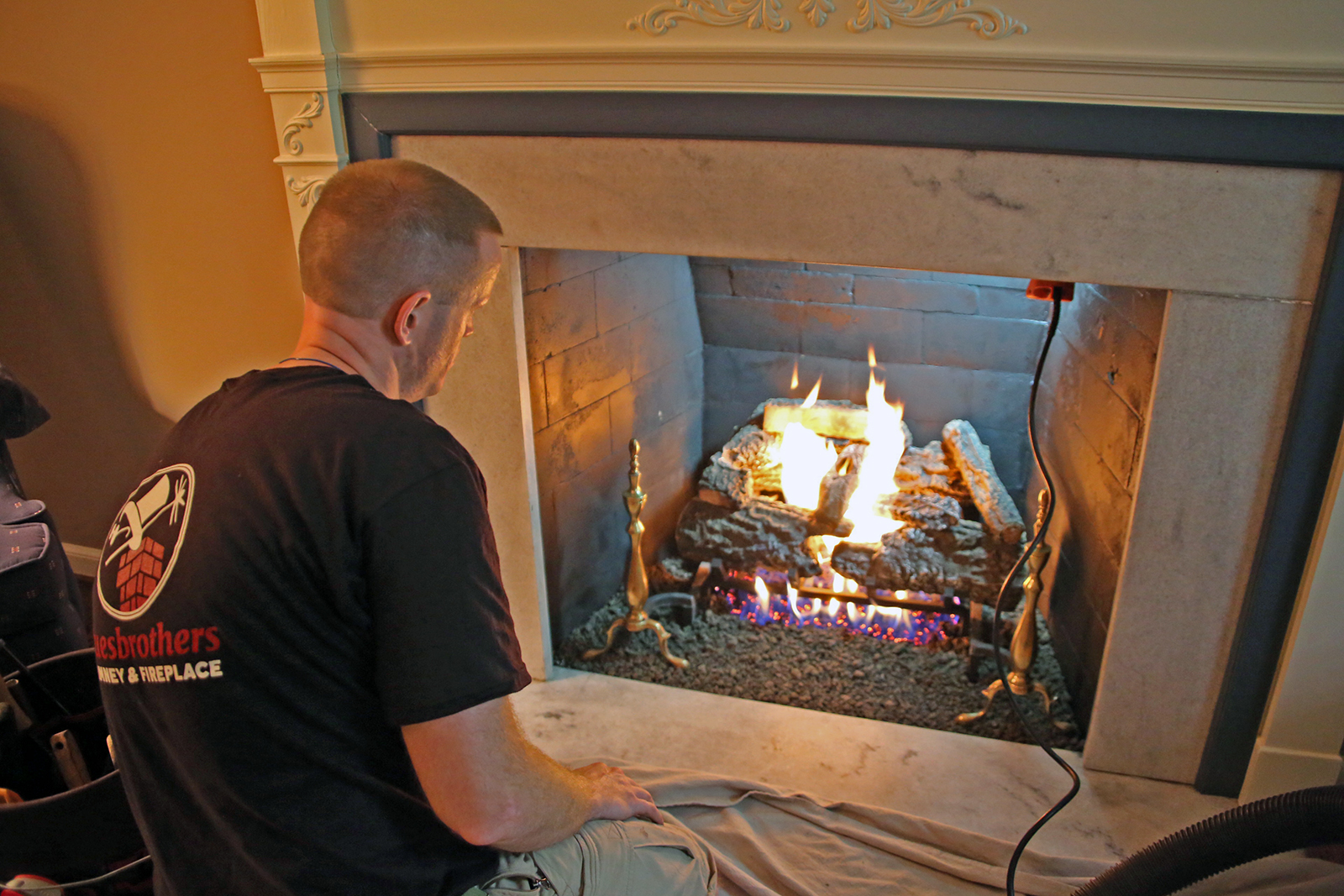 Gas Stoves
Gas Stoves Contact the Experts
Contact the Experts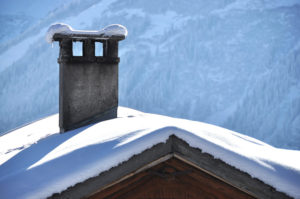 Common Winter Damage
Common Winter Damage
 Fireplace and chimney technicians have spent many years learning all the ins and outs of how these units work and how to make them work when they don’t. When the technician is certified by the National Fireplace Institute and the Chimney Safety Institute of America, his or her scope of knowledge is even wider.
Fireplace and chimney technicians have spent many years learning all the ins and outs of how these units work and how to make them work when they don’t. When the technician is certified by the National Fireplace Institute and the Chimney Safety Institute of America, his or her scope of knowledge is even wider.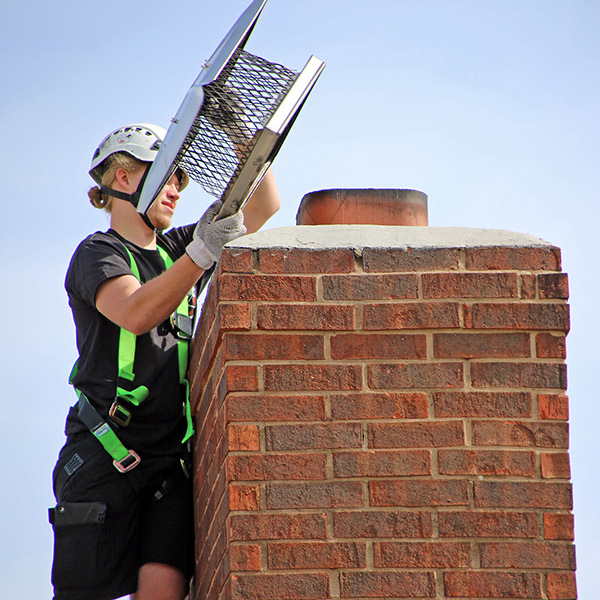 Safe repairs: When performed by professionals, repairs will be done in a way that maintains safety throughout the chimney/fireplace system. Rarely will a certified technician cause any extra damage.
Safe repairs: When performed by professionals, repairs will be done in a way that maintains safety throughout the chimney/fireplace system. Rarely will a certified technician cause any extra damage. Chimney liner
Chimney liner Chimney crown
Chimney crown
 Fireplace and chimney basics
Fireplace and chimney basics
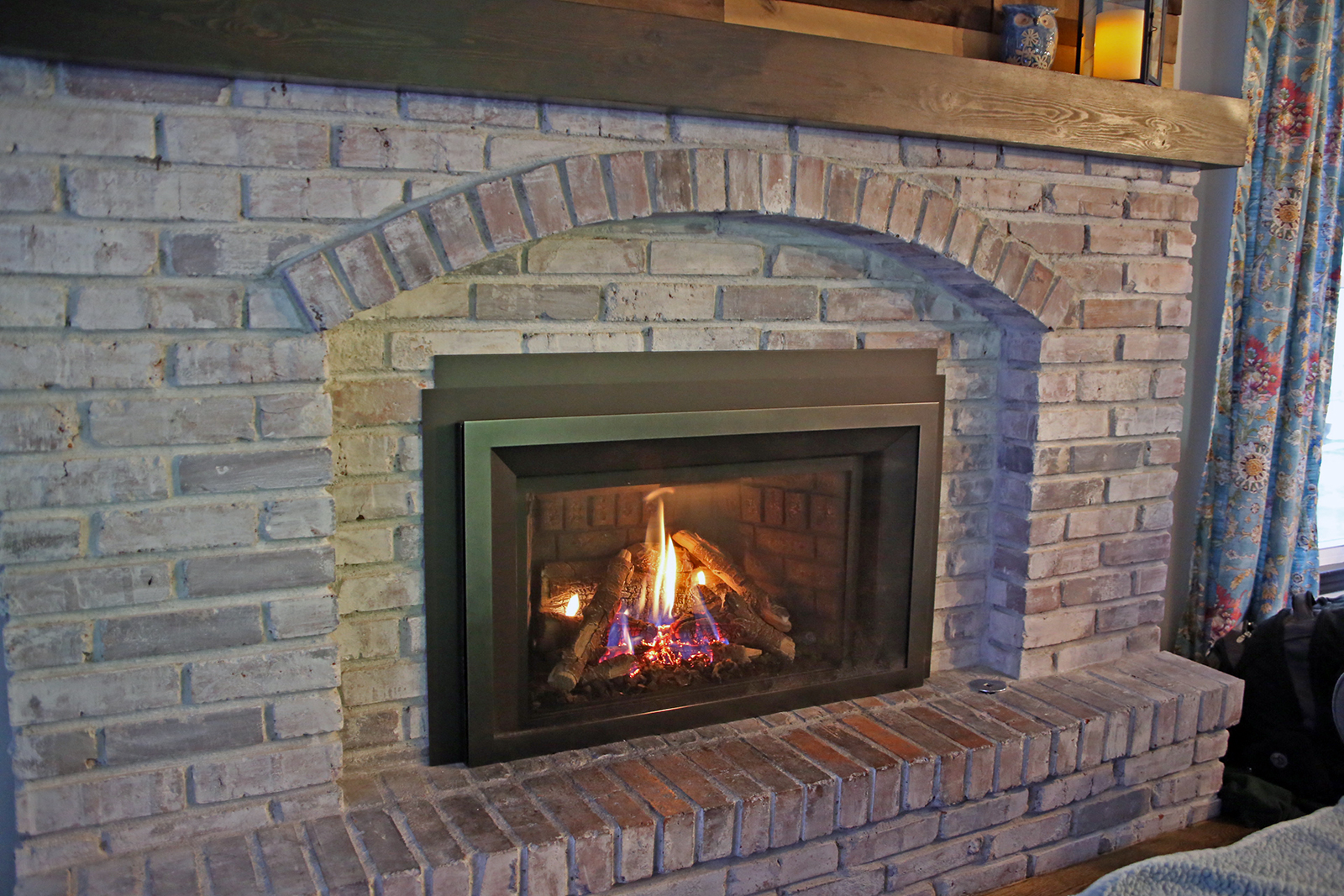
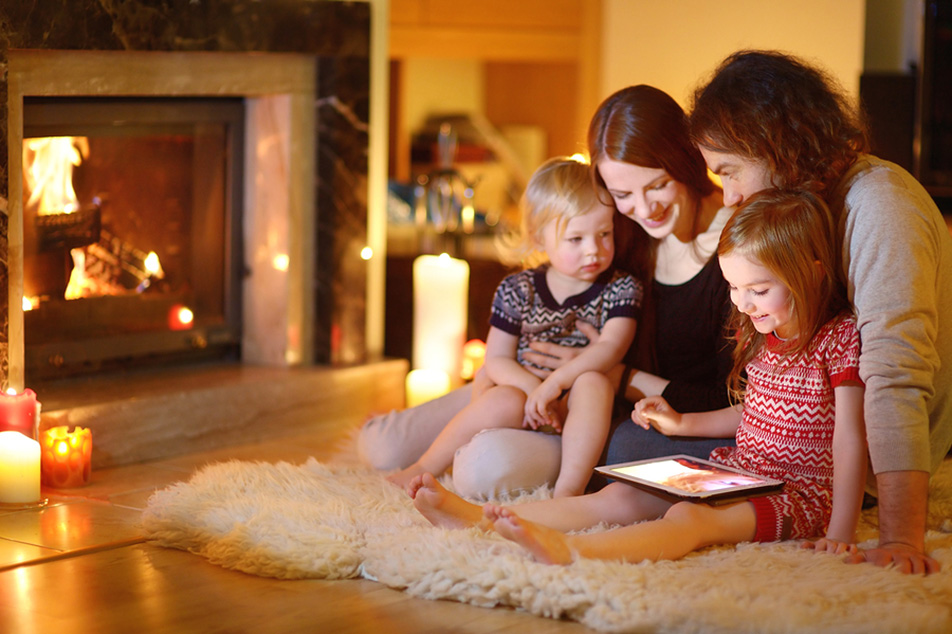 No toys near the fireplace
No toys near the fireplace